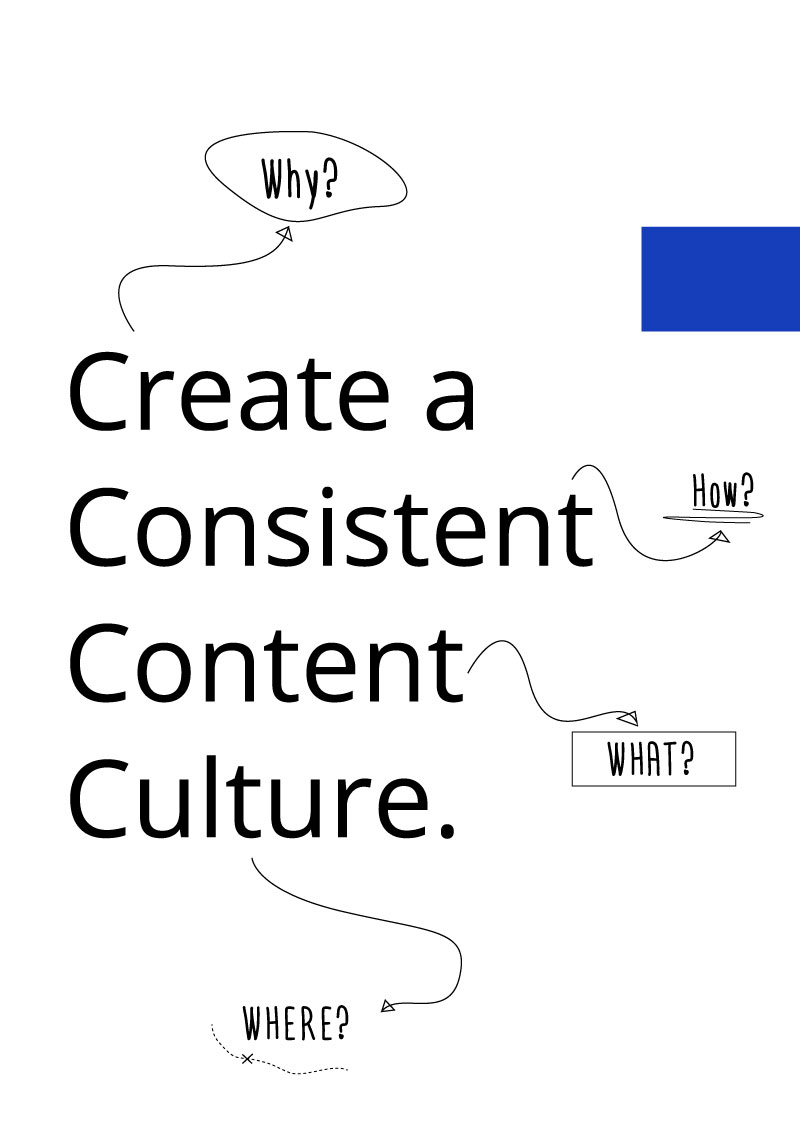The 4 Cs of a B2B Content Strategy
A Case Study > Client > Indian Designs Exports Pvt. Ltd.
Problem Statement:
The B2B industry, in this case, the garment manufacturing sector, has been struggling to convert new business despite being good performers and meeting all requirements of capabilities and compliance.
Currently, there is a gap in communicating business values in a way that qualifies as a differentiated experience from what has been the status quo. This is due to outdated templates and a lack of content strategy that is consistent and measurable.
The proposed solution was a complete content audit followed by a content strategy catered specifically for B2B online presence and the development of platforms that take into account all the nuances of effective B2B communication, inclusive of inbound communication.

Synopsis:
The B2B industry is built differently than retail. It is based on partnerships and longer-term business. The work put into the commitment by both parties is strategic rather than transactional. B2B does not require turning tables as often. But when they do, it creates a huge void that can cause a domino effect up and down the supply chain, and in many recent cases, has caused strong companies to completely disappear.
The garment industry has primarily functioned on demand-basis i.e. until a buyer needs a vendor, there is very little chance that a supplier can enter the vendor matrix. Due to this, the conversion of marketing efforts into logo wins has been sub-par. When there is an opportunity for a vendor, there is extreme global competition and it has now become increasingly important to stand out. This is where content comes in.
"A shirt is a shirt."
For a manufacturer, it is the peripheral features as well as the overall content experience that differentiates them from the other thousands of shirt-makers.
The proposed solution:
A comprehensive content strategy was drawn up. It covered the below:
1. A thorough content audit: Separating good and bad, useful and waste, necessary and unnecessary.
2. A brand guideline: Defining the personality, tone, colors, fonts, and all the nitty-gritty details that become the foundation of content design and delivery.
3. Content Workflow: Defining current content needs, tools and templates, cloud migration, setting up of agile PM platforms, team workflow processes including editorial calendar, order of information, content integrity as well as defining channels (inbound and outbound) and key metrics to help measure soft impressions as well as final lead conversions.
4. Company Website with in-built profile & portfolio: The website was re-designed, content re-written. Keeping the B2B space in mind where information needs to be specific, quick and painless, the website design allowed for profile and portfolio download specific to each division offered.
5. Content Roadmap: The future of content: Building content, presence, and community that would further the company's vision and sustainability goals.
Challenges:
The main challenge faced during the implementation could be defined as a culture problem. For many B2B companies, company culture is not pre-meditated or defined. It is more organic rather than intentional. There is nothing wrong with that, except that it left a lot to chance. It did not exist in a tangible realm and so could never be checked or comprehended. There was no conversation about it and the concept was quite foreign to many of the departments. However, there was a definite ask for it, even if not articulated as clearly. And more often than not, it was tied to an ideal way of being trickling the action into an ideal way of doing.
Good content requires a contributing culture. In traditional B2B industries, such as garment manufacturing, company culture is more organic than intentional. This had to be re-defined and instilled for the proposed content strategy to not just be sustainable, but thrive.
The second challenge was downloading the understanding of the consequences of poorly presented content. This required a change in mindset, a thorough understanding of the content itself as well as pre-decided processes and templates being made mandatory as an SOP for all communication - inbound or outbound. It also required identifying talent and stakeholders that would represent such communication.
The last challenge was to inform and prove through consistent content that content is an untapped asset that could help give the company an identity that is not only attractive but aspirational.
In a B2B space, content is probably one of the most undervalued assets.
Results:
All work starts with some information and a lot of assumptions. Results, both good or bad is what informs the assumptions of being right or wrong.
It is most rewarding to see content start to do the work for you.
It is a constant learning curve, but this space is still in an infant stage with regards to exploring its content potential. Thus, the results were quick to show. Here are some that are worth mentioning:
> Increase in website traffic in targeted geographies.
> Leads generated purely based on google search & website.
> Bounce rate decreased.
> Inbound communication improved and content culture established.
> Outbound communication improved and capability showcased was well received.
> Quantity + category growth & bottom-line growth : Pitch Presentations conversions